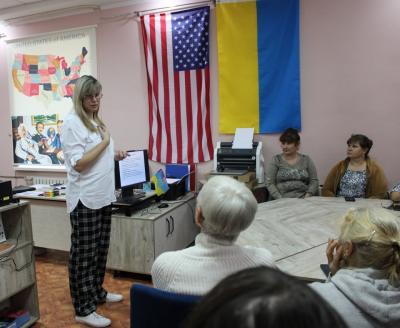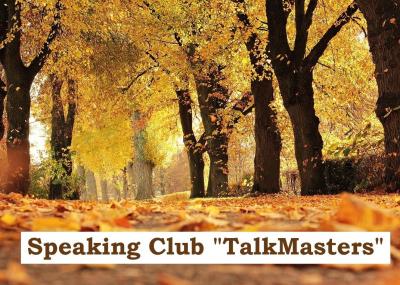Presidents Day
HOW PRESIDENTS ARE HONORED IN THE UNITED STATES
The third Monday in February has been designated as the official holiday for honoring two important Presidents of the United States of America. This date is an official federal holiday and is observed by the US government, educational institutions and most businesses in the country. This holiday, officially called Presidents Day, was established to honor both George Washington and Abraham Lincoln on the same day. Certain states chose to observe the holiday to honor those presidents that lived in their state and represented that state in Congress. The state of Alabama honors Thomas Jefferson on this day as well as George Washington. Massachusetts honors John Adams, John Quincy Adams, Calvin Coolidge and John F. Kennedy on this day along with George Washington. Celebrations can vary depending on the state. Many towns in Massachusetts honor their presidents with parades, concerts and museum exhibits dedicated to those personages. Other states also honor their presidents with parades and sometimes even festivals dedicated just for that person.
Reenactments of important historical moments are a very popular way of honoring different presidents and their achievements. These historical reenactments are often carried out by societies that specialize in this type of performance. The members of these societies dress in period costumes and act out the event celebrated, often in the same location where it occurred. In Washington Crossing, Pennsylvania the town residents sign up to participate in the crossing of the Delware River just as George Washington did with his troops in 1776, marching on to Trenton, New Jersey where he and his men defeated the Hessian troops. You may wish to look at the pictures on the park website at Washington Crossing Historic Park (www.ushistory.org)
Below are some unusual little known facts about the Presidents honored in February:
George Washington (February 22, 1732-December 14, 1799) was a dominant military and political leader of the newly formed United States of America from 1775 to 1799. He led the Americans to victory over the British in the American Revolutionary War as commander in chief of the Continental Army. He was unanimously chosen to serve as the first President of the United States. During his term, he developed the forms and rituals of the government that are still in use to this day. He is know as the "Father of his country".
Interesting facts: As a young man, Washington had red hair. Although the fashion was to wear wigs at that time, Washington in fact powdered his hair and did not wear a wig. Washington also suffered from problems with his teeth. He only had one left by the time he became President. He always had worn several sets of false teeth. The set made for him when he was President were carved from hippopotamus and elephant ivory. The hippo ivory was used for the plate into which real human teeth, horses and donkey teeth were inserted. The teeth were held in place by gold springs. Because the plate did not fit well, Washington was in constant discomfort. This may account for his very stern facial expression found in many pictures of the President.
Abraham Lincoln (February 12, 1809 - April 15, 1865) served as the 16th President of the United States from March 1861 until his assassination in April 1856. He successfully led the country through its greatest constitutional, military and moral crisis - the American Civil War - by preserving the Union by force while ending slavery and promoting economic modernization. Throughout his political career as legislator, Lincoln had been a strong opponent of slavery and its abolition and did not hesitate to express this in his speeches and debates. This ultimately led to his election as president. Shortly after the Civil War began, Lincoln instituted the Emancipation Proclamation and supported the passage of the 13th Amendment to the Constitution of the United States which ended the economic practices of slavery.
Interesting facts: Lincoln was killed by a well known actor John Wilkes Booth. Booth was also a Confederate spy who had initially formulated a plan to kidnap Lincoln in exchange for the release of Confederate prisoners. Lincoln's speech to promote voting rights for blacks infuriated Booth to such a degree that he changed his plan of kidnapping the President to assassinating him. Booth received information that Lincoln would be attending a play at the Ford Theatre. He further developed his plan of assassination to include killing the Vice President and the Secretary of State as well. As Lincoln had attended the play without his main bodyguard, Booth was able to gain access to the President's box and kill him although he did not succeed in killing the two other legislators who were with the President at the time. The Ford Theatre continues to be a historical landmark in downtown Washington DC and a very active drama theater. A section of the theatre has been dedicated as a museum dedicated honor Lincoln. The highlights of this exhibit are the Deringer pistol used by John Wilkes Booth to kill President Lincoln along with the president's boots and blood-stained suit. For more details on the American Civil War, you may wish to look them up on the following website www.civil-war.net.
Thomas Jefferson (April 13,1743 – July 4, 1826) was the third President of the United States (1801-1809) and the principal author of the Declaration of Independence. Jefferson's vision of America was that of a great "Empire of Liberty" that would promote republicanism. Jefferson had a long and distinguished political career serving as a governor of Virginia, the first U.S. Secretary of State and 2nd Vice President of the U.S. He successfully purchased the state of Louisiana for the U.S. from the French and sent out the Lewis and Clark Expedition to explore the western territories of the continent. Jefferson idealized the independent farmer as an example of republican virtues. He distrusted cities and financiers. And more importantly, he supported the separation of church and state and authored the Virginia Statute for Religious Freedom. This revolutionary view on individual religious freedom and protection from government authority have generated much interest with modern scholars.
Interesting facts: When Jefferson was not working in the political arena, he spent time developing his estate which he called Monticello. As an accomplished architect, he designed and built this beautiful structure, popularizing the Neo-Palladian home design in the United States. Monticello is a fine example of this style which blends Roman neoclassicism and French architecture. The grounds of the estate have been preserved to this day and contain an operating vineyard and a botanical research laboratory which works on developing and improving ornamental plants, flowers and vegetable seeds. It's website www.Monticello.org has lovely photos and a virtual walk through the house and the grounds.










